
 The inside of your home is a controlled environment. Are you in control? Since the industrial revolution, chemical compounds have become pervasive in the home building industry, used in everything from foam insulation, to flooring, to cabinets, and carpeting. Homeowners have had very little choice of the materials being used to build their homes and so have unwittingly agreed to the use of dangerous toxins in their indoor environment. In this second post of the Sick Home Series, I begin the deep dive into why so many toxic chemicals are used in the built environment, how the homeowner has been kept in the dark, and what measures you can take to regain control over the health of your home. Why Are There So Many Toxins in Your Home? POP QUIZ: Who makes sure the chemicals in building materials and everyday products are safe for your health?
ANSWER: No one! NO government agency has sufficient authority to ensure the safety of chemicals used in everyday products. NOT SO FUN FACT: In America, foods, drugs, and pesticides are regulated before they go into products, however for all other chemicals there is NO regulation. More than 80,000 chemicals are on the market today and chemical production is increasing worldwide! Chemicals are currently being used in nearly every single material and product in the home as antimicrobials, solvents, adhesives, flame retardants, plasticizers, preservatives, sealants, insulators and much, much more. What Are These Toxins in Your Home? The dangerous chemicals being used in the market today can be categorized into six different classes. I reiterate, these substances are CURRENTLY being used in the home building industry TODAY! The six different classes of chemicals are: Because there is no regulation for these chemicals, even the manufacturers may not know if they are safe. Often a chemical’s composition is concealed as confidential business information. Some organizations, like the Green Science Policy Institute in Berkley, CA, rigorously analyze chemicals in the market and can sometimes determine its structure and level of safety. Analysis of just one chemical can take years. Once a chemical is found to be dangerous, organizations like the Consumer Products Safety Commission can ban it. Sometimes media outcries can demand the halt of a particular chemical’s use. Unfortunately, the banned chemical is almost always replaced with a ‘cousin’ chemical of the same class with a similar composition that can cause similar harm or worse. Information about new ‘cousin’ chemicals are kept a trade secret, leaving purchasers in the dark. And the cycle starts all over again. Here we will focus on only a few chemicals. These are heavy hitters, terribly dangerous, persistent, and pervasive! Halogenated Flame Retardants What are they? Halogenated Flame Retardants are chemicals added to manufactured materials with the intention of inhibiting, suppressing, or delaying combustion to prevent the spread of fire. There are many different kinds of flame retardants, the halogenated flame retardants are the most dangerous. In 1975, the California Furniture Flammability Standard called Technical Bulletin 117 (TB117) required furniture foam and children’s product foam to withstand a small open flame for 12 seconds. This standard was adopted by the rest of the nation and led to the overuse of harmful and ineffective flame retardant chemicals in nearly every piece of furniture foam in America, up to and sometimes exceeding 5% weight of the finished product! Halogenated flame retardants have since been found to be:
These chemicals are absorbed into the body by direct contact. Chemicals do not stay put. They slough off and accumulate in the dust in your home where they can enter the air you breathe or are accidentally ingested if touched by the hands. Is there a fire safety benefit? Actually, no! Open flame tests were only performed on the foam cushioning. In a real fire situation, the cushion covering material would catch fire first causing a much more rapid ignition of the internal foam. A study by the U.S. Consumer Product Safety Commission (CPSC) found there is no significant difference between the flame retardant foams formulated to pass TB 117 and untreated foams. When burned, the flame retardant chemicals released into the smoke are toxic enough to kill. Read the updated Technical Bulletin Fact Sheet HERE describing the dangers and deficiencies of halogenated fire retardants. What are they used in?
Negative health effects.
How to avoid them.
Triclosan and Triclocarban What are they? These chemicals are classed as antimicrobials and are designed to kill microorganisms or inhibit their growth. Antimicrobials sound beneficial, however they’re often unnecessary and can do more harm than good. I know this claim may sound WILD so stick with us on this one! Triclosan was originally used in liquid soaps and triclocarban was used in bar soaps, though the use of these chemicals provided no additional benefit over plain soap and water. Instead, these chemicals caused a myriad of negative health effects (see below). They also kill the essential good bacteria humans rely on to maintain health. Antimicrobials migrate to places they don’t belong, like food and water, and have been found in nearly all breast milk samples tested. Triclosan has been found in three quarters of the U.S. human population! People absorb antimicrobials through skin contact and breathing or ingesting household dust. In 2017, after 42 years of study, the FDA was finally able to stop the use of triclosan and other antimicrobials in hand soap and body washes. However, triclosan is STILL added to a variety of building materials and consumer products! What are they used in?
Negative health effects.
How to avoid them.
What about protection from COVID-19? This is a good question! The threat posed by COVID-19 has created significant new demand for antimicrobial products in the built environment like doorknobs, countertops, and paint. But could the use of these antimicrobial chemicals actually be taxing your immune system and potentially making you more susceptible to illness? A joint statement released by leading green building organizations, architects, and scientists warns that building materials with added antimicrobial chemicals have no proven health benefit—and may be harmful. “There is little evidence that using building products with added antimicrobials results in reduced infections and disease. Demonstrating this would require epidemiological studies (including randomized controlled trials) showing that building products containing particular antimicrobials reduce the number of people infected with specific pathogens. These studies have generally not been conducted.” This may be hard to believe, and that’s ok. As always, a well-informed consumer will be able to weigh all available options. This blog is intended to empower you as a homeowner so you can learn options for regaining control over your own health. Click HERE for a list of 16 effective and safe products to guard against coronavirus recommended by the EPA and CDC, published by Environmental Working Group. Designing for a TRULY healthy and safe indoor environment is more important now than ever before! Formaldehyde What is it? Formaldehyde is in the class of solvent chemicals. It’s one of the many chemicals referred to as VOCs (Volatile Organic Compounds). These compounds are particularly dangerous because they vaporize at room temperature. This means that formaldehyde molecules off gas from the materials in your home and enter the air you breathe. What it’s used in? Formaldehyde is widely used and can be found in MANY different materials and products. It can also be created as a byproduct of common daily activities. The most common are:
Negative health effects.
How to avoid it.
Knowledge Empowers the Homeowner The reason why you’ve not had control over the loads of toxins in your home is because you’ve been kept in the dark. Information has been withheld and the lack of regulations leaves products misunderstood, unlabeled, and/or untested. It’s not your fault! Fortunately, you have more resources than you may realize. The Healthy Building Network is an excellent resource that offers free guidance on product selection. Click HERE to see their easy-to-follow ranking system to compare material types based on their hazardous content. The following list of reliable certifiers thoroughly vet many household materials and offer a stamp of approval for those deemed safe.
The Environmental Working Group is a community of 30 million advocates spotlighting harmful industry standards, speaking out against outdated government legislation, and empowering consumers with breakthrough education and research since 1993. Buy from companies and manufacturers that take part in the Health Product Declaration Collaborative. This collaborative provides product ingredient transparency so you can be well informed to make the best choices for YOU! You Can Do This! Become a detective! Do your homework! Insist on products that have ingredients listed and have been proven to be toxic chemical free. Hire a designer and building team who understand these dangers and can guide you when planning for a healthy home. The BEST thing you can do is let your designer, builder, interior designer, landscape designer, HVAC contractor, and any other professional team member responsible for creating your home know that you want a healthy home FROM THE VERY BEGINNING! If you communicate this clearly upfront, chances are high that everyone can get on board and begin planning the extra steps needed to seek out and secure the safe, toxin free materials needed to build your home. Many builders still do not understand the power they have to implement change within the industry. Humans are creatures of habit and creating healthy homes is still far from the industry standard. You ARE going to have to take a stand for your health! You ARE going to have to be diligent and insist on the right products that will create the highest level of home health. We will be there by your side to help educate and coach you along the way. Join us on January 4th, when we discuss Indoor Air Quality and the possibility for an intelligently designed HVAC system to cleanse the air you breathe from the chemicals listed here in addition to MANY other toxins. I intend you regain control over your home and health. Inspired by you, Jenny Pippin, CPBD, FAIBD, CGP
Pippin Home Designs
2 Comments
Donna Carpentier
12/23/2021 07:42:29 am
Fabulous, very thorough information! (alos, love that last pic!!)
Reply
5/1/2022 04:40:37 pm
Hi Donna,
Reply
Leave a Reply. |
AuthorI am Jenny Pippin, founder of Pippin Home Designs and creator of my own inspired living. I grew up as an ordinary southern girl, working in the fields of my family’s tobacco farm. It didn’t take me long to realize I had greater gifts and so I chose to step into my power and create my own path in life, inspired by my heart’s true passion. (More on my personal story HERE!) Archives
February 2024
Categories
All
|
Copyright 2020. Pippin Home Designs. All rights reserved.
ARCHITECTURAL DESIGN COPYRIGHT NOTICE
1987-2024 Copyright. Jennifer B. Pippin FAIBD, CPBD. Pertaining to all home designs, drawings, and photographic imagery of completed designs
presented herein. No part of the contents of the design work presented on this website may be reproduced or transmitted in any form or
by any means, electronic or mechanical, for the purpose of replication or adaptation. This material is intended to provide accurate and
authoritative information about the design abilities and expertise of Jennifer B. Pippin FAIBD, CPBD and Pippin Home Designs.
ARCHITECTURAL DESIGN COPYRIGHT NOTICE
1987-2024 Copyright. Jennifer B. Pippin FAIBD, CPBD. Pertaining to all home designs, drawings, and photographic imagery of completed designs
presented herein. No part of the contents of the design work presented on this website may be reproduced or transmitted in any form or
by any means, electronic or mechanical, for the purpose of replication or adaptation. This material is intended to provide accurate and
authoritative information about the design abilities and expertise of Jennifer B. Pippin FAIBD, CPBD and Pippin Home Designs.


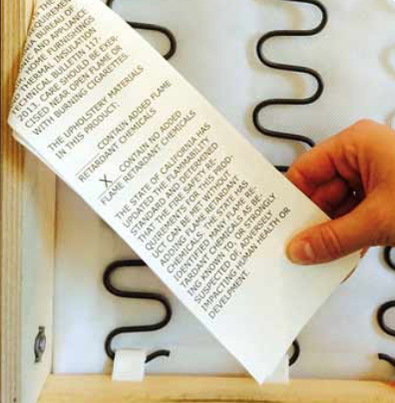
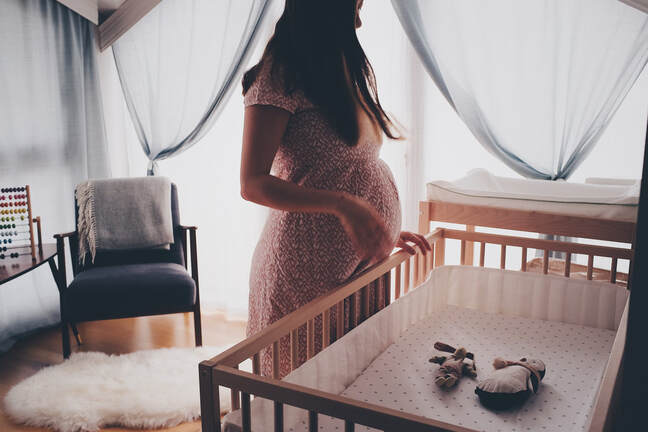
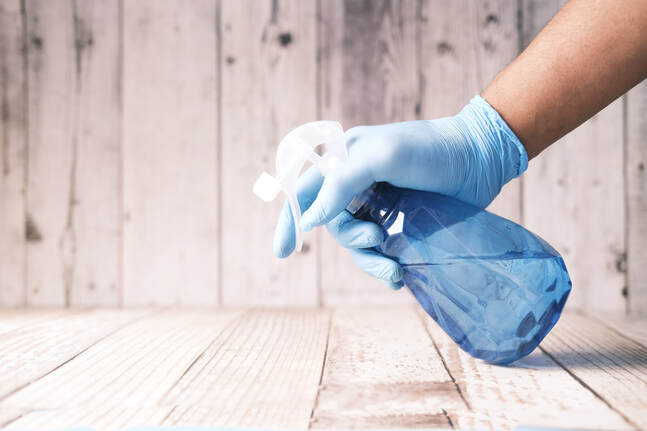
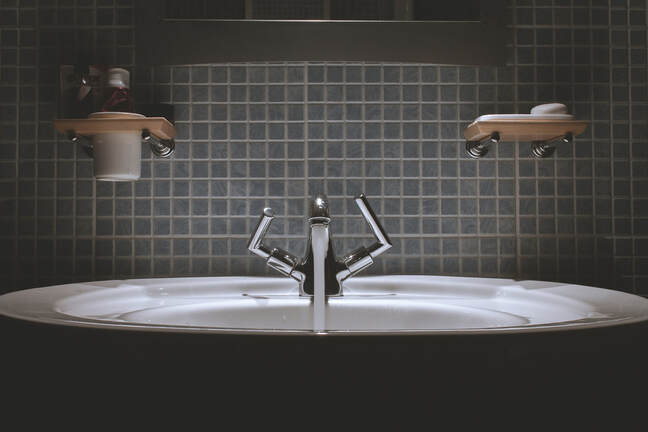
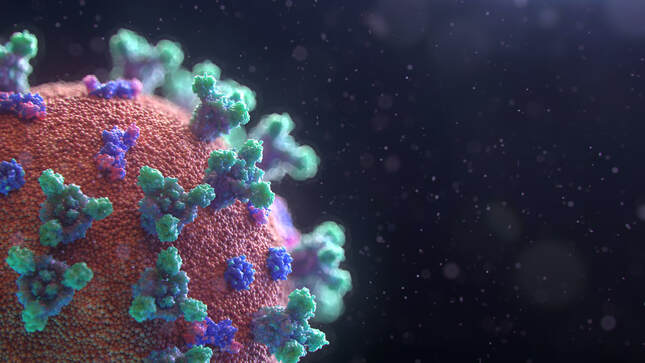
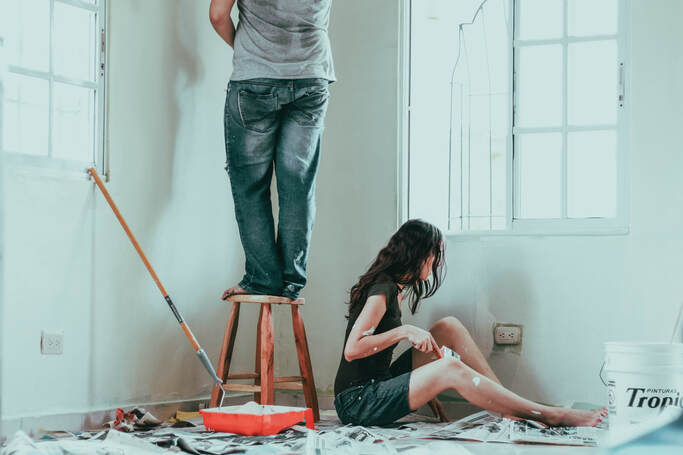
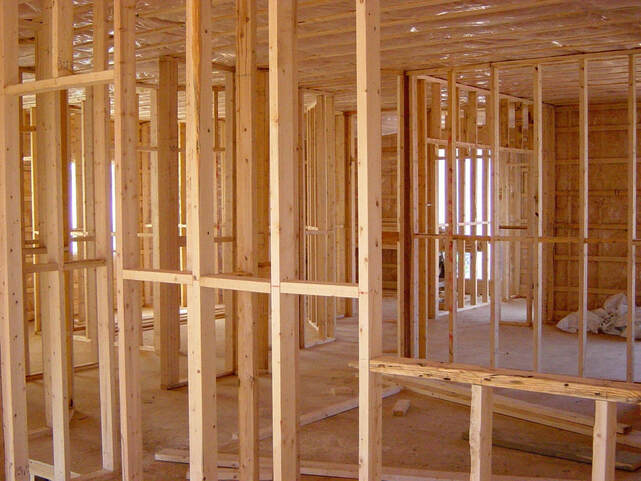

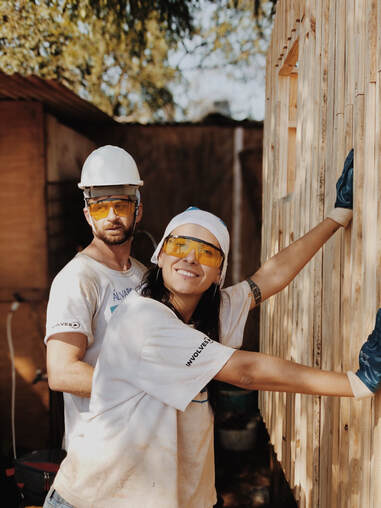

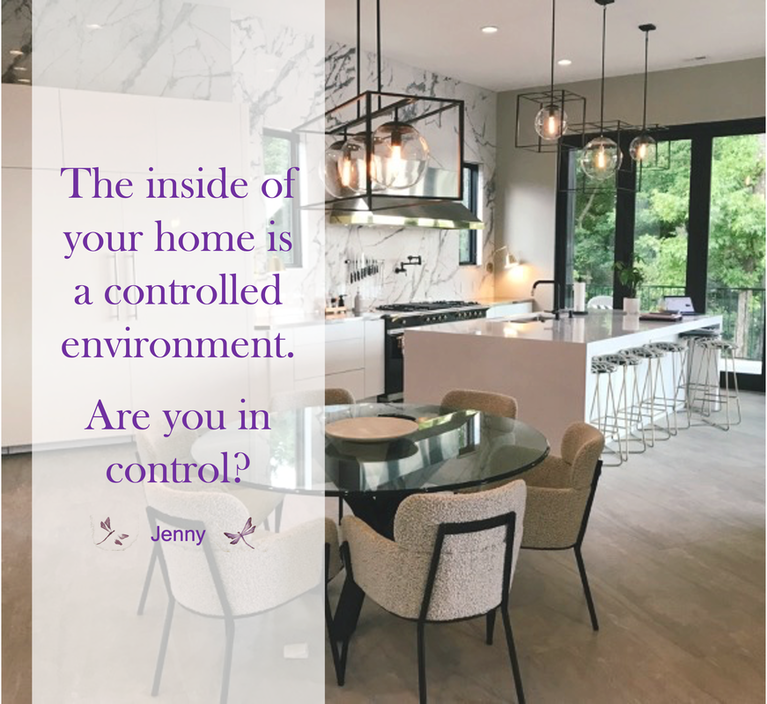
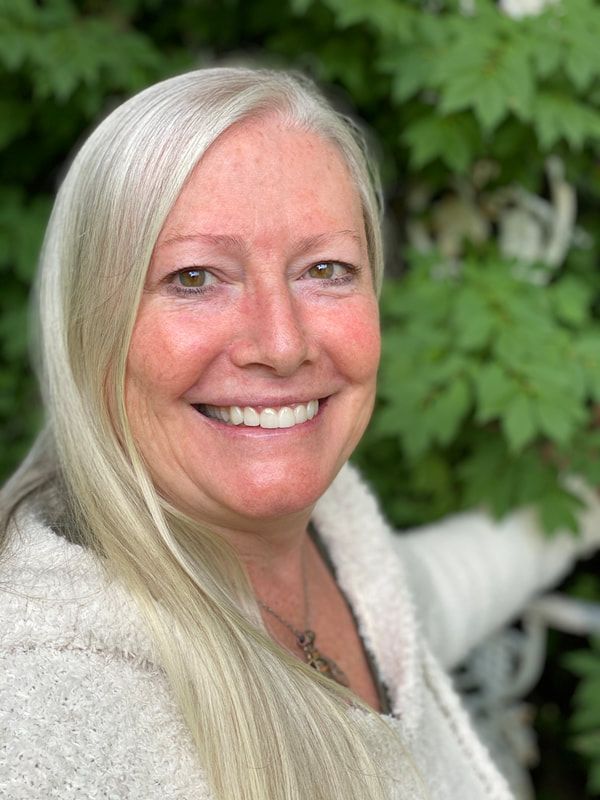
 RSS Feed
RSS Feed
